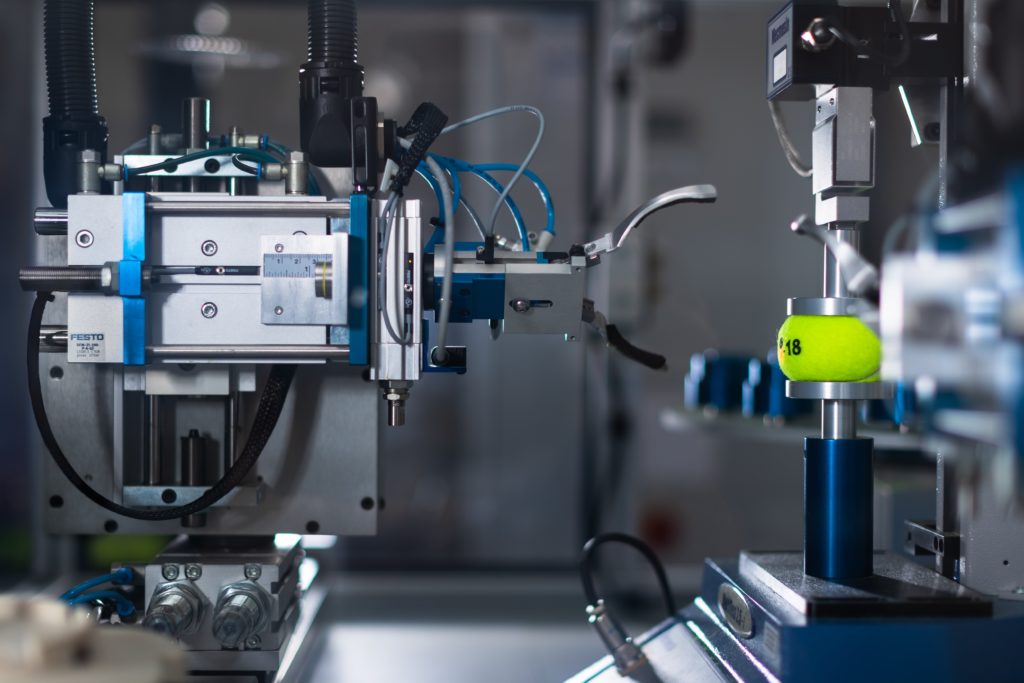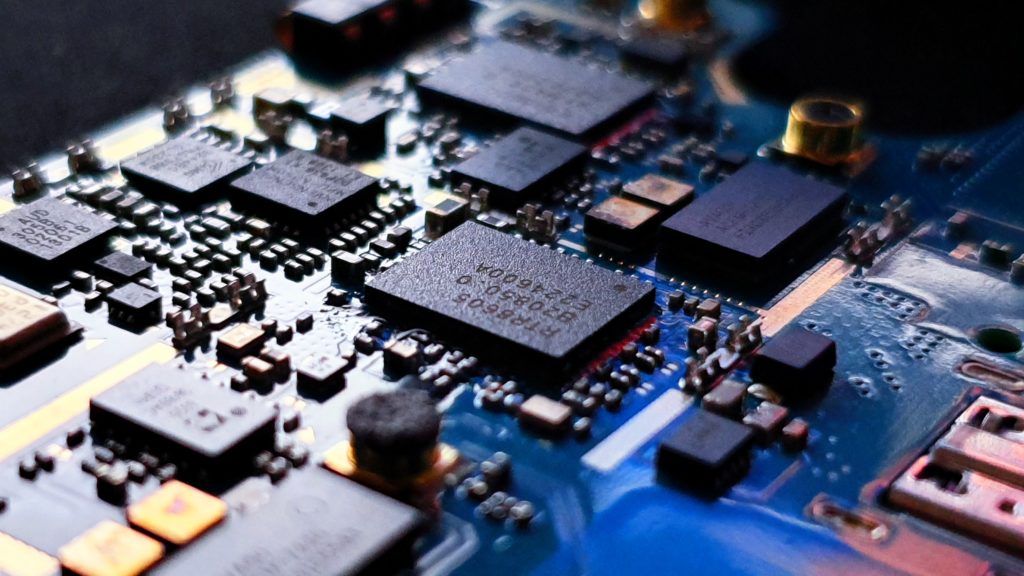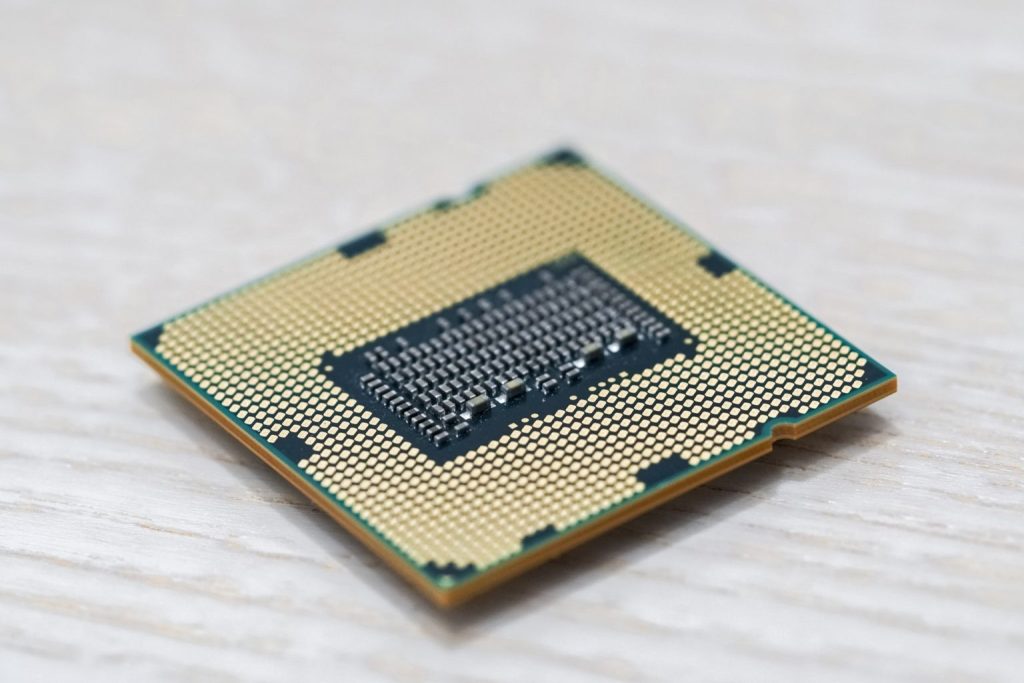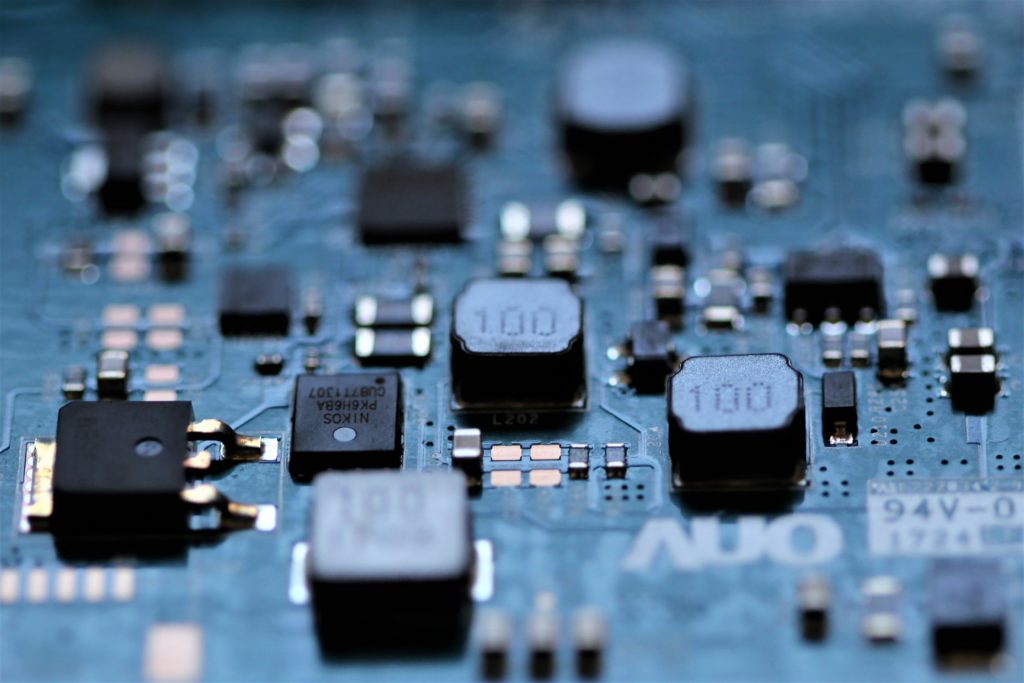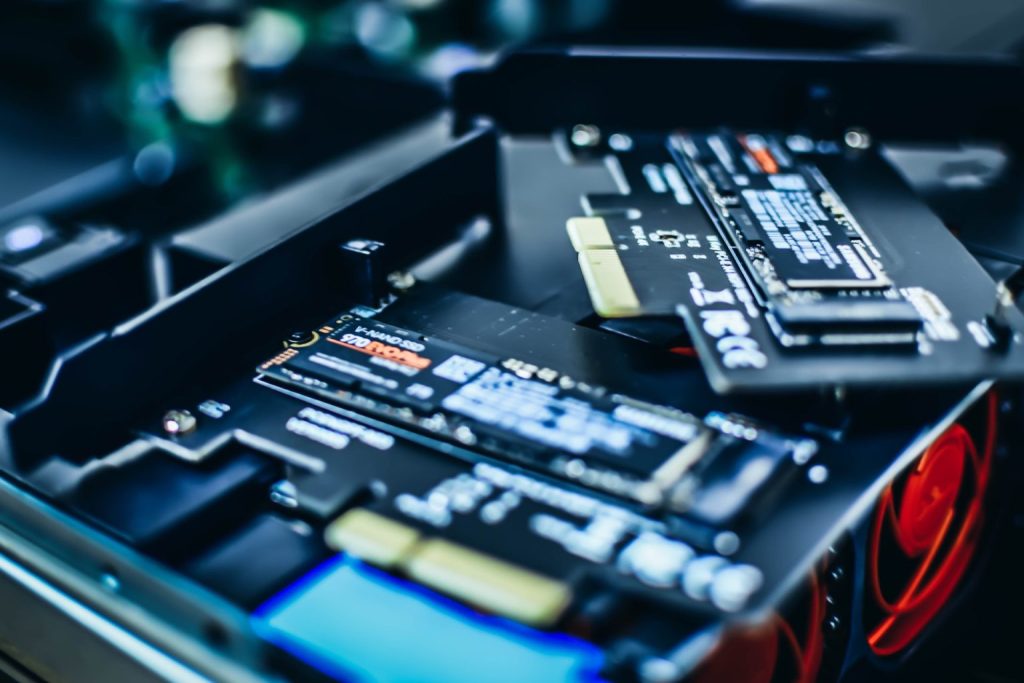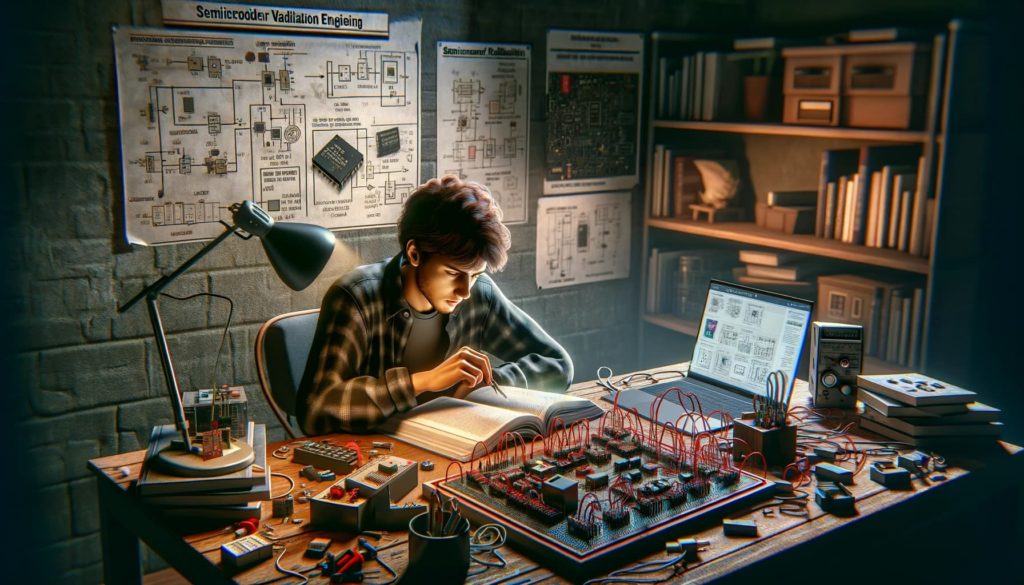Photo by ThisisEngineering RAEng on Unsplash
THE FINITE SEMICONDUCTOR GAME
The semiconductor industry consists of different players (companies) playing one of the two games: Finite Or Infinite. The technical and business planning laid out by any semiconductor company can enable classification of whether they are playing the long-term infinite game or sticking to a finite game.
The reason for this classification is a consolidation of semiconductor companies. It is applicable for both the design and the manufacturing side of the semiconductor. However, comparatively semiconductor manufacturing has seen more players that get classified as finite or infinite players. Primarily reason is the vast investment required to drive the next-gen semiconductor manufacturing, something not all companies can do regularly.
Finite Game: Played by semiconductor companies who have settled for a specific semiconductor technology that will be relevant for a very long time. It can also consistently drive revenue and market share.
Infinite Game: Played by semiconductor companies who are always looking to innovate and drive the industry forward by continuously developing future semiconductor technologies.
The ability of a semiconductor company to play an infinite or finite game is primarily driven by the resources and CapEx. Another factor is the arena or the domain the semiconductor company is catering to. For example, semiconductor design companies will have a different focus than semiconductor manufacturing (IDM or Pure-Play – whose business is driven by what semiconductor technologies they can offer).
Different criteria are used to clearly define the semiconductor companies into finite or infinite game players.
Focused Node: Finite semiconductor game players have long settled for specific technology nodes. They always focus on improving it without massive investments or resources, but the outcome always gives them the edge by making their current solution more efficient. The focused semiconductor technology process also means that finite semiconductor players do not actively expand their facilities/capacity.
Specific Market: The finite semiconductor game players also focus on one domain/market. They do it successfully by ensuring that all the different types of products (a market needs) are manufactured using homegrown semiconductor technologies. The specific market the finite semiconductor game players target is already matured but requires a finite semiconductor game player with years of experience in developing a specific technology (Example: mature nodes like 40nm or older).
Low-Cost: Though investment is part of the finite semiconductor player strategy, but in the long run, they do not heavily invest other than improving their existing facilities and design houses. It allows them to be nimble and ensures the focus on the specific node and market is enough to provide revenue to keep driving their business forward.
Rigid Process: In several cases, the semiconductor technologies developed/used by the finite semiconductor game players are firm and non-adaptive. There is a small room for improvement mainly because the solutions are already stable and mature. Changes occur but are not game-changers, and are simply different flavors of the same semiconductor solution. Example: Coming up with a different sub-process of CMOS 40nm but not improving it to reduce the node size.
Lacks Roadmap: Finite semiconductor game players focus on developing established processes without long-term planning. The main reason is the focus on the specific node without deviating from the existing (devices, interconnects, etc.) solutions. Finite semiconductor game players have a roadmap but is drastically different than the industry-level roadmaps that have primarily driven Moore’s law forward.
What has worked for the finite semiconductor game players is the focus on specific semiconductor technologies. Several semiconductor manufacturing companies (mainly focused on CMOS-driven higher/mature nodes) fall under the finite player category and have successfully survived in the semiconductor industry.
The finite semiconductor game strategy can also be a good path for new semiconductor manufacturing players setting up base in countries without prior semiconductor manufacturing infrastructure. Once the finite semiconductor game players have settled, then few of these players can follow the infinite semiconductor game strategy to develop the semiconductor manufacturing ecosystem. It can help countries like India that do not have private semiconductor manufacturing facilities.


THE INFINITE SEMICONDUCTOR GAME
The finite semiconductor game players are focused on specific semiconductor technologies. There are infinite semiconductor game players who focus on today’s demand but on advancing different semiconductor technologies to ensure the future markets have new and improved semiconductor solutions.
Examples of target technologies by infinite semiconductor game players: Next FET devices, trying out new wafer size, opting for 3D stacking and vertical integration, and many more. All such (and many more) technological developments on the semiconductor front are critical. The infinite semiconductor game players are the primary reason why today the world is equipped with tiny smart devices capable of driving high-performance demanding solutions.
Like finite semiconductor game players, the infinite semiconductor game players also focus on specific technology development that caters to their market to drive revenue.
New Devices: The infinite semiconductor game players continuously develop new types of devices (FETs, etc.) to ensure they push the boundaries to launch new processes into the market. GAAFET, MBCFET, and RibbonFET are few such examples. These devices drive the semiconductor technology forwards and are the primary target of all the infinite semiconductor game players.
Integration: Apart from a new device, the infinite semiconductor game players also focus on integrating new approaches to enhance the existing semiconductor manufacturing strategy. For this, the semiconductor manufacturing companies, with infinite game strategy, focus on Front, Middle, and Back End-Of-Line innovation. These three stages ensure that the next-gen devices and processes are far more efficient (voltage, current, power, and performance) than today.
Equipment: In terms of upgrading semiconductor equipment regularly, infinite semiconductor game players are the leaders. It is the primary reason why the new semiconductor technology requires new equipment, and without it, an infinite semiconductor game player cannot survive.
Expansion: To drive a new type of semiconductor technology (packaging, testing, nodes, etc.), semiconductor companies with infinite game strategies need to keep expanding their facilities. It can be either by upgrading existing manufacturing houses or by opening new facilities in newer locations. Infinite expansion to capture the new market with new semiconductor technologies is the default strategy of the infinite semiconductor game players.
Overlapping: The infinite semiconductor game players also focus on extending their business by entering a new arena. It can be in the form of Intel providing the Foundry Services, or TSMC targeting the package innovation. All such big and bold moves are part of the infinite semiconductor game players and an important reason why they have survived for a long time and will keep pushing the semiconductor industry to new levels by keep playing the infinite game.
In the long run, the finite and infinite semiconductor game players are focused on their market. Each of these two sets of players is pushing their needs based on their internal strategy. Some players have the capital and resources to keep playing the infinite semiconductor game, while some are playing it safe and focused on the finite semiconductor game to drive their revenue.
As the world moves towards more advanced semiconductor technology with expanding semiconductor manufacturing capacity, there will also be the need for both finite and infinite semiconductor players.
